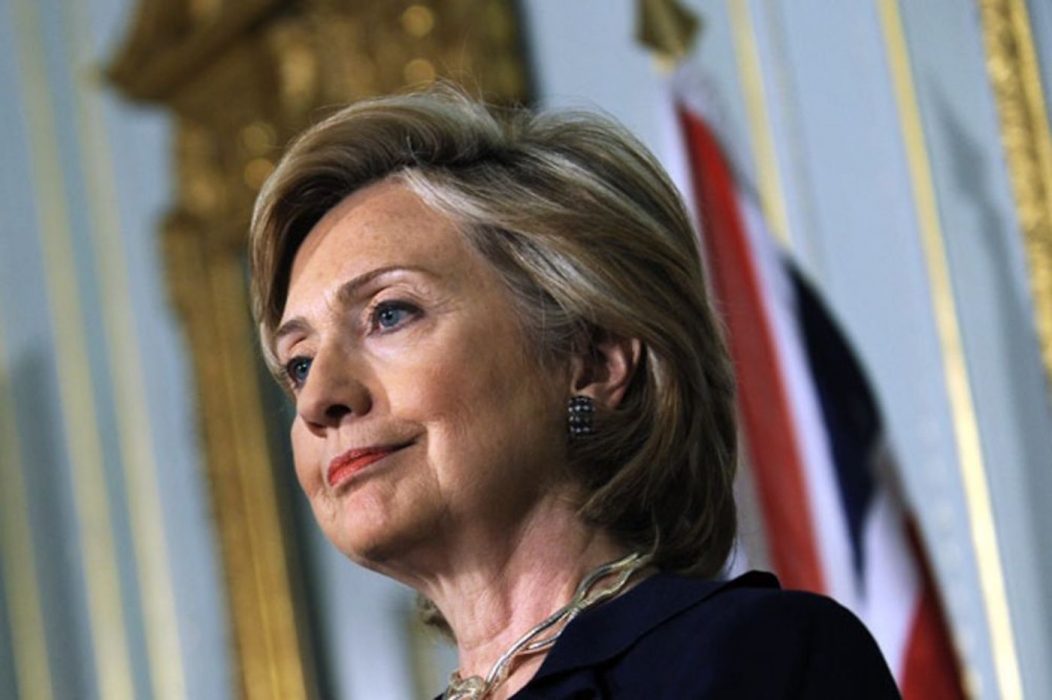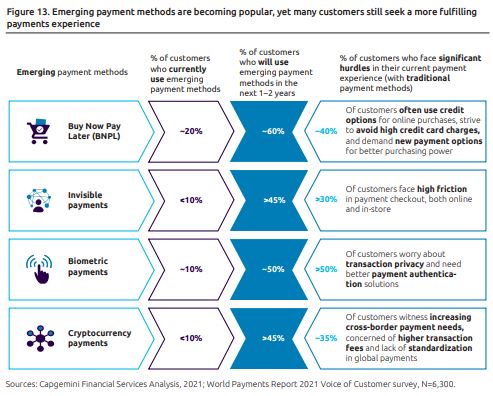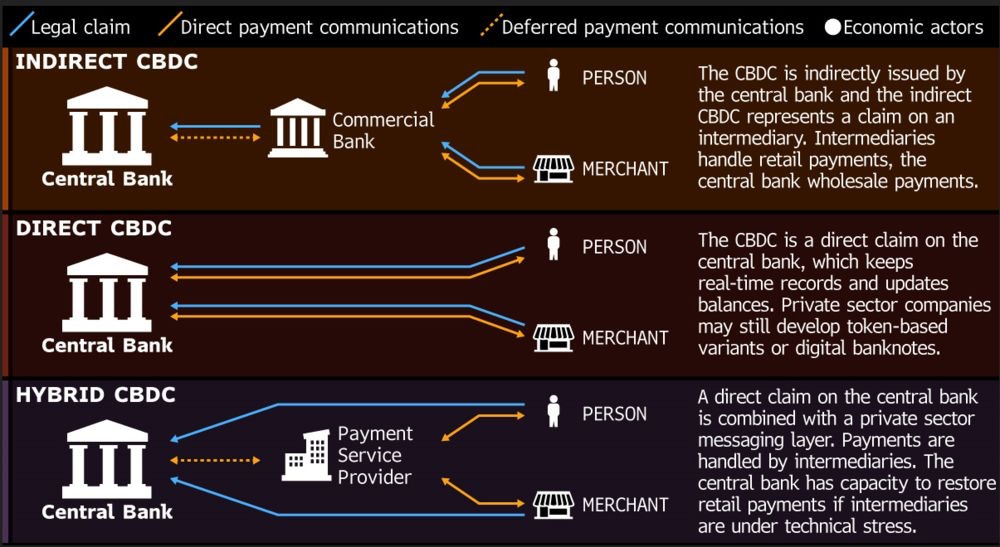South American countries Brazil and Peru are looking to introduce CBDCs by 2022, according to two recent reports from local agencies.
More Countries Joining the CBDC Train
Both countries are jumping on the CBDC bandwagon as several nations worldwide are rapidly developing and launching their own digital currencies. For example, last month Nigeria became the first leading African economy to launch a CBDC, called eNaira.
According to Julio Velarde, president of the Reserve Bank of Peru, the country is working on the early stage of development for a national CBDC. The pilot program will focus on aiding the payment system.
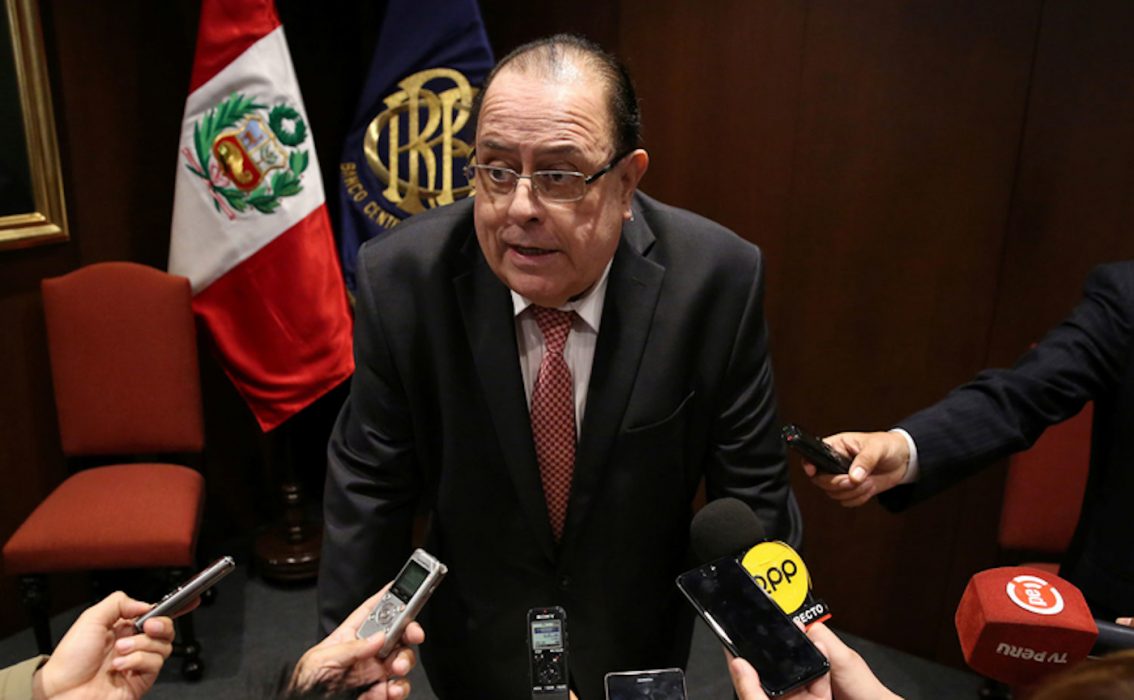
We have been working on a digital currency. We are in a lot of projects with several central banks: with India, Singapore, Hong Kong and with a lot of [other] central banks, thinking of a digital currency that is going to be the one that will prevail in the future.
Julio Velarde, president, Reserve Bank of Peru
On the other hand, Brazil’s Central Bank (BCB) president Roberto Campos Neto revealed the institution would start working towards the development of a Brazilian CBDC in 2022. This comes after the financial institution told the Brazilian Senate it planned to launch the final version of the digital real (Brazil’s local currency) in 2024.
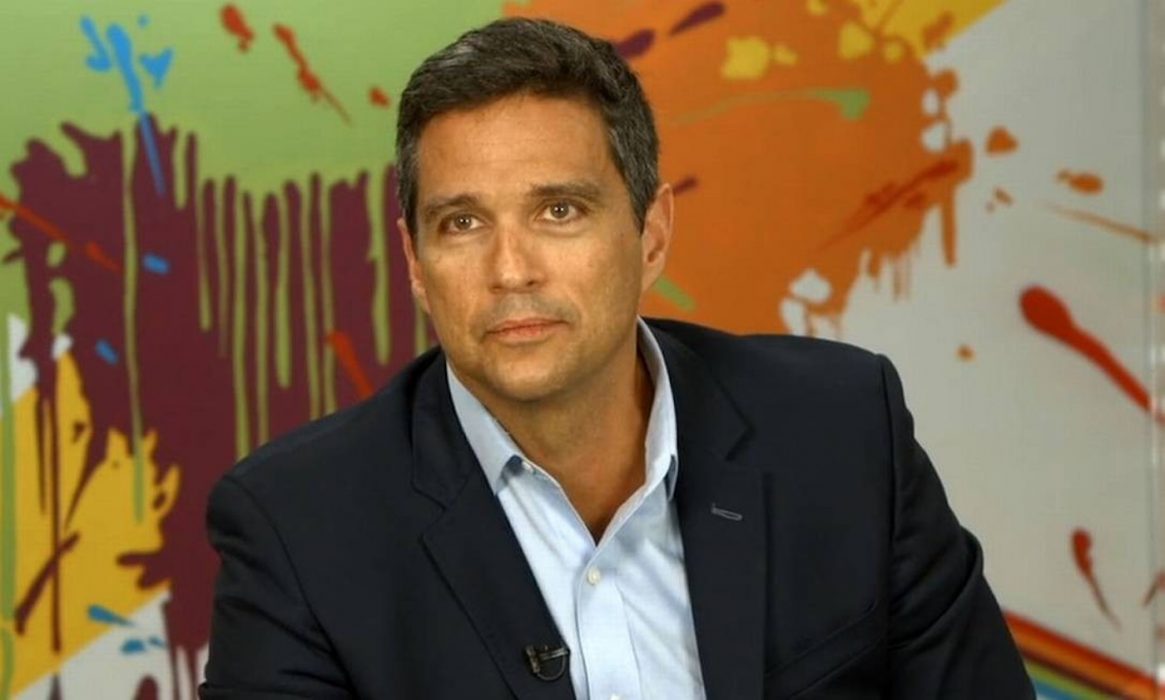
[Crypto] is already starting to affect even the national accounts, which means it has become a relevant investment instrument.
Roberto Campos Neto, president, Central Bank of Brazil
According to the BCB, Brazilians have acquired around US$4.27 billion worth of crypto and held close to US$50 billion so far this year.
Fernanda Guardado, the bank’s deputy governor for International Affairs and Corporate Risks, said the BCB is taking a careful approach towards developing the digital real. She added that crypto assets are viewed more as a financial asset highly demanded by Brazilians.
Are CBDCs Not What They Tell Us?
Not everyone is so keen on the idea of nations developing CBDCs. Last month, former US National Security Agency consultant and whistleblower Edward Snowden said that CBDCs are just an instrument of central banks and governments to surveil its citizens. In his own words:
CBDC is something closer to being a perversion of cryptocurrency, or at least of the founding principles and protocols of cryptocurrency – a cryptofascist currency, an evil twin entered into the ledgers on Opposite Day, expressly designed to deny its users the basic ownership of their money and to install the State at the mediating centre of every transaction.
Edward Snowden, former NSA consultant




